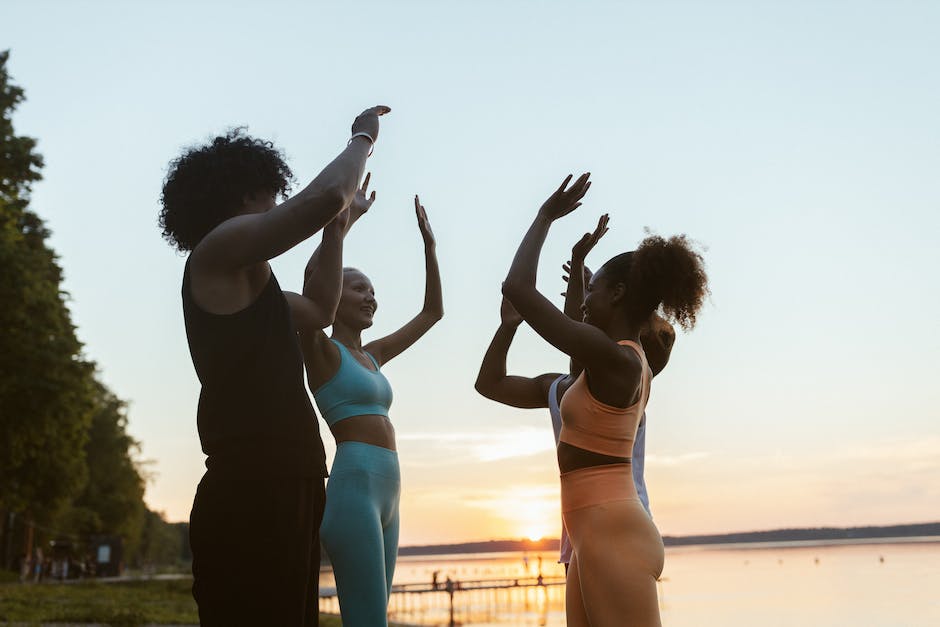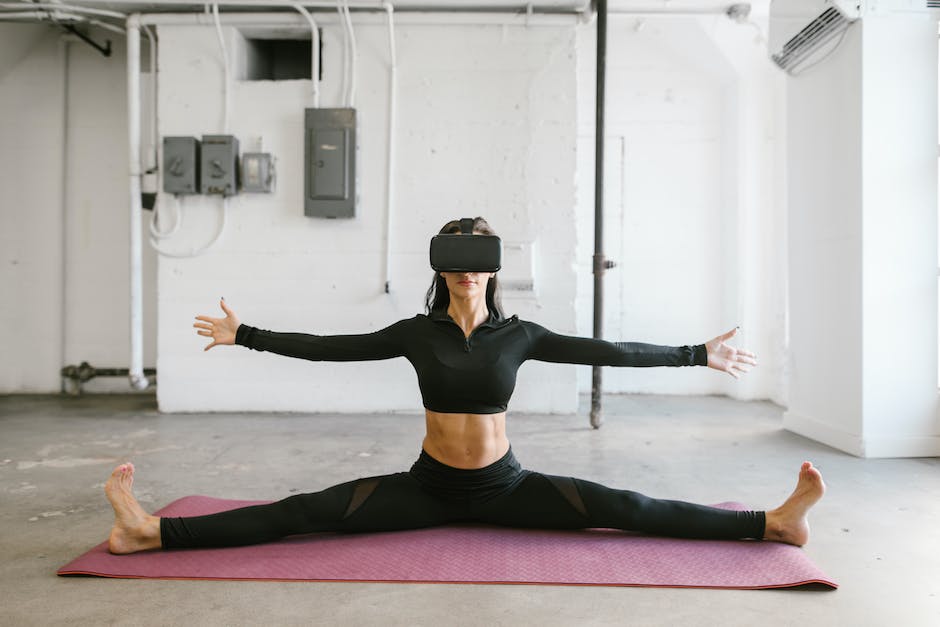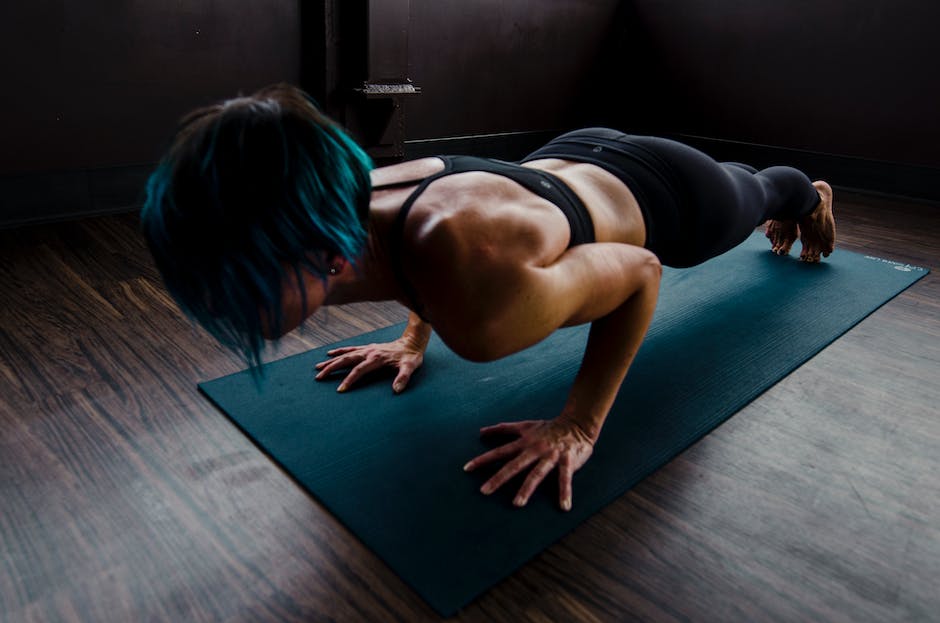Vibrant health, unmatched vitality and a well-toned body emanate from good physical fitness. In this progressively sedentary world we live in, seeking out ways to move more, sweat more, and enhance our physical wellbeing is a real necessity. However, navigating the world of fitness can be a daunting task especially for beginners. This applies to understanding fitness principles ranging from cardio to flexiblity training, to even simply exploring home exercises or staying informed about latest fitness trends. We delve into all these to equip you with the adequate knowledge to build a personalized fitness plan that aligns with your lifestyle and meets your health goals.
Understanding Fitness Principles
Understanding Cardio
Cardiovascular exercise, simply known as cardio, refers to any exercise that raises your heart and breathing rates. It plays a crucial role in improving the strength and efficiency of your heart and lungs. To reap maximum benefits from cardio exercises, it’s crucial to learn about their optimal frequency, intensity, and duration. For general health benefits, the CDC recommends at least 150 minutes of moderate-intensity or 75 minutes of vigorous-intensity aerobic physical activity per week. Some prevalent forms of cardio exercises include brisk walking, running, cycling, and swimming.
Strength Training Basics
Strength training, also known as resistance training or weight training, targets muscles to gradually increase their strength and endurance. This type of training not only tones the body but also improves bone density and boosts metabolism. Ideally, strength training should be done for 2 or more days each week, focusing on all major muscle groups. Each exercise should be repeated 12-15 times to effectively challenge the muscles. Some common methods of strength training include lifting weights, resistance bands, and body weight exercises such as push-ups and squats.
Understanding Flexibility
Flexibility exercises are those that help enhance the ability of your joints to move through their entire range of motion. It plays an essential role in preventing injuries, maintaining mobility, and promoting proper body alignment. Regular stretching exercises should be done at least 2-3 times a week, each stretch held for about 10-30 seconds. It’s crucial to remember that stretching should be pain-free; discomfort indicates that the stretch is too intense.
Principle of Balance
Balance training involves exercises geared towards improving one’s ability to maintain body alignment and stability during movement. It is particularly crucial for older adults to prevent falls and improve functional capabilities. Balance exercises such as leg lifts, heel-to-toe walk, and yoga can be done daily and are beneficial for people of all ages.
Safety and Proper Techniques
In each of these fitness areas, using proper techniques is critical to avoid injuries. This includes having an appropriate setup (for example, a clear space for cardio or the right equipment for weightlifting), learning correct form for each exercise, and listening to your body to understand when it needs rest or when an exercise is too intense. Additionally, consulting with a trained fitness professional can offer personalized guidance and ensure you’re executing workouts correctly.
Conclusion
Understanding these fundamental principles of fitness provides a solid foundation to build your own exercise routine. Keep in mind that variety is also an important principle. Mixing different types of exercise can help prevent boredom and provide comprehensive health benefits. Tailoring a balanced regimen that incorporates cardio, strength, flexibility, and balance activities is the key to maintaining a healthy and fit lifestyle.

Exploring Home Workouts
Understanding your Fitness Level and Preferences
Before embarking on a workout regimen, it’s important to understand your fitness level and personal preferences. If you haven’t exercised regularly before, start with low-impact workouts such as yoga or Pilates. Yoga focuses on flexibility and balance while Pilates targets your core strength. For those with a fair bit of fitness experience or who prefer a bit of a challenge, High Intensity Interval Training (HIIT) or bodyweight exercises may be more suitable. These workouts involve short periods of high-intensity exercise followed by shorter periods of rest.
Exploring High Intensity Interval Training (HIIT)
HIIT is a type of workout that alternates between intense bursts of activity and fixed periods of less-intense activity or even complete rest. A typical HIIT workout might include running as fast as you can for one minute followed by two minutes of walking. Repeat this cycle for 20 to 30 minutes. HIIT is known for burning a lot of calories in a short amount of time, improving cardiovascular health, and increasing metabolism.
Engaging in Bodyweight Exercises
Bodyweight exercises are strength training exercises that use the individual’s own weight as resistance. Common bodyweight exercises include push-ups, squats, lunges and planks. These exercises can be performed in a series as a circuit for a full-body workout. Include variations to target different muscle groups and prevent boredom.
Practicing Yoga and Pilates
Yoga is a form of exercise that combines controlled breathing, strength training, and stretching to improve mental and physical well-being. Pilates is similar to yoga, but it places a greater focus on core stability, including pelvic and shoulder girdle. Both these workouts require little to no equipment and can be easily done at home.
Using Household Items as Workout Equipment
Without access to a gym or traditional workout equipment, there are still plenty of household items you can use for an effective home workout. A sturdy chair can be used for triceps dips and step-ups, while a wall can be useful for wall sits. Soup cans or water bottles can become hand weights. A towel is not only useful for wiping sweat, but when folded or rolled, it can also serve as a knee or wrist cushion or even a makeshift yoga strap. The stairs in your home can make for a fantastic cardiovascular workout.
Staying on Top Of Fitness Trends
Lastly, explore trending fitness routines and techniques. Social media, fitness blogs, and YouTube channels are good places to find the latest home workout trends. Some popular trends include Tabata training (a type of HIIT workout), animal flow (a ground-based workout mimicking animal movement), and even virtual reality workouts. Being aware of these trends can help keep your workouts exciting and challenging. Just remember to choose those that match your fitness level and interests, and to always warm up before every workout and cool down afterwards.

Getting to Know Fitness Trends
Exploring The Latest Fitness Trends
One of the burgeoning trends in fitness is virtual training. This grew quite popular during the recent lockdowns due to COVID-19. Many trainers and gym instructors had to adapt to the situation and so they began to offer their fitness training sessions over video platforms such as Zoom, Instagram Live, and YouTube. Virtual training allows you to work out from the comfort of your own home and maintain social distancing while staying fit. What makes these appealing is the flexibility and convenience it provides, as well as the variety of classes available ranging from Pilates to kickboxing.
Diving Into Wellness Apps
Another popular trend among fitness enthusiasts is the use of wellness apps. Information is at your fingertips with these apps which cover a range of health and fitness metrics. Apps such as MyFitnessPal track your calories and macros, while Couch to 5K helps train beginners to run a 5K race. These apps not only provide workout routines but also helpful advice and motivation. Some of them role as personal trainers, albeit virtual. What makes them trendy is the personalized insights they can offer and the freedom to exercise anywhere at any time.
The Rise Of Wearable Technology
Wearable technology, such as fitness watches and heart monitor straps, has become quite popular in the recent years. Devices like the Apple Watch, Fitbit, and Garmin provide useful insights like steps taken, heart rate, sleep quality, and even stress levels. Some of these wearables can even connect with certain wellness apps, providing a powerful combination for tracking and improving your health and fitness. The popularity of wearable technology can be attributed to the fact that they provide real-time feedback which motivates individuals to push their limits and reach their fitness goals.
Fitting Fitness Trends Into Your Routine
The key to adding these trends into your fitness routine is to find what works for you. Perhaps you may find convenience in virtual training, enjoy tracking your progress with a wellness app, or find motivation with wearable technology. Remember, it’s all about enhancing your journey towards health and wellness. The best fit will depend on your personal goals, preferences, and lifestyle. Prioritize what you think can assist you best in achieving your fitness goals and stick to it—this is what truly matters in making your own fitness routine successful.

Creating a Personalized Fitness Plan
Assessing Your Fitness Goals
Before beginning any fitness plan, you first need to assess your fitness goals. Do you want to lose weight, build muscle, increase flexibility, or just become more active in general? Assessing your fitness goals can help you create an effective personalized fitness plan.
Consider Your Lifestyle
Next, consider your lifestyle. The best fitness plans are the ones that can effortlessly embed in your daily routines. Consider aspects such as your work schedule, family commitments, and leisure time. If you have a busy schedule, you may wish to incorporate shorter, more intensive workouts. On the contrary, if you have more free time, longer, less intensive workouts might work best.
Choose Activities You Enjoy
Your fitness plan will be more successful if it includes activities that you genuinely enjoy. Whether it’s yoga, running, weight training, or cycling, choose exercises that make working out feel less like a chore.
Create a Balanced Routine
A good exercise routine should involve a mix of cardio, strength training, and flexibility exercises. Cardio exercises, like running or cycling, are great for heart health. Strength training, like weight lifting, can help build and tone muscles. Flexibility exercises, like yoga or pilates, can help with balance and muscle relaxation.
Plan and Schedule
Once you’ve decided on the types of exercises you’ll be doing, it’s important to create a schedule. Most experts recommend aiming for at least 150 minutes of moderate aerobic activity or 75 minutes of vigorous activity each week, along with strength training exercises at least twice a week.
Tracking Progress
Keep track of your progress by making note of your workouts in a journal. This can help to motivate you by seeing the progress you’ve made, and can also identify areas where changes or adaptations might be needed. Write down the exercises you do, how long you do them, and how you feel afterwards.
Adjusting Your Personalized Fitness Plan
Remember, all plans need a check-in and potential adjustments along the way. If you find that a certain exercise does not suit you anymore, or if you are not seeing the results you were hoping for, do not be afraid to modify your plan. Listen to your body and adjust your fitness plan accordingly.
Stay Consistent
Consistency is key when it comes to fitness. Achieving your fitness goals will not happen overnight, but with regular exercise and a consistent fitness plan, you will start to see results. Make sure you remain consistent with your fitness plan and make adjustments as your body and lifestyle requires.
Rest and Recovery
Never underestimate the power of rest and recovery when creating a workout plan. Your muscles need time to repair and grow after a workout. Aim for at least one full rest day per week and ensure you’re getting enough sleep each night.
Consider a Fitness App or Trainer
Finally, consider using a fitness app or working with a personal trainer. Fitness apps can provide personalized workout plans, help track your progress and even provide community support. A personal trainer, on the other hand, can provide one-on-one guidance and help tailor your workout plan to your specific needs and goals.

Photo by akashrandhawa on Unsplash
With a world that seems to move at breakneck speed, achieving physical fitness and maintaining it doesn’t have to feel like an uphill battle. Whether your preference is yoga or High Intensity Interval Training (HIIT), using wearable technology or wellness apps, there is always an option that will fit your lifestyle and preference. It’s about time you took bold steps towards understanding your body, challenging it, and moving it in ways that benefit your entire being. Create that personal workout routine and empower yourself to a heightened level of fitness and an improved quality of living. The journey may come with its challenges, but with the right information, motivation, and consistency, the destination will be well worth it.
